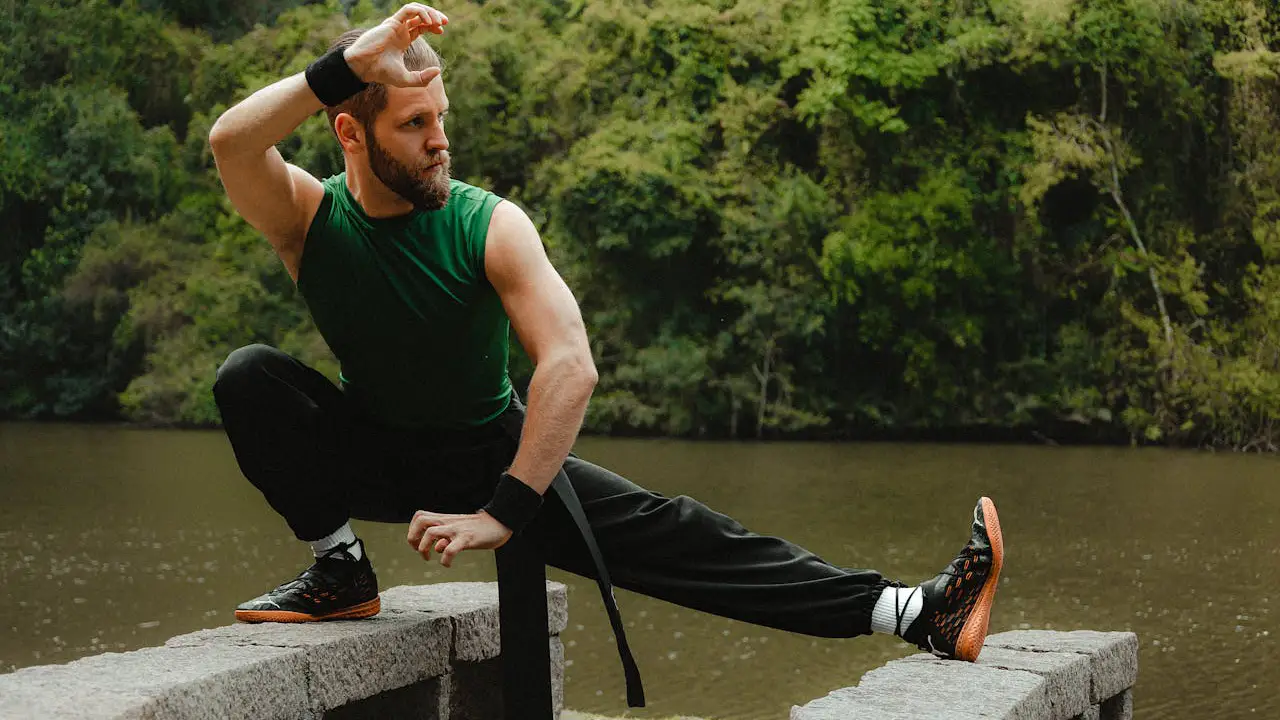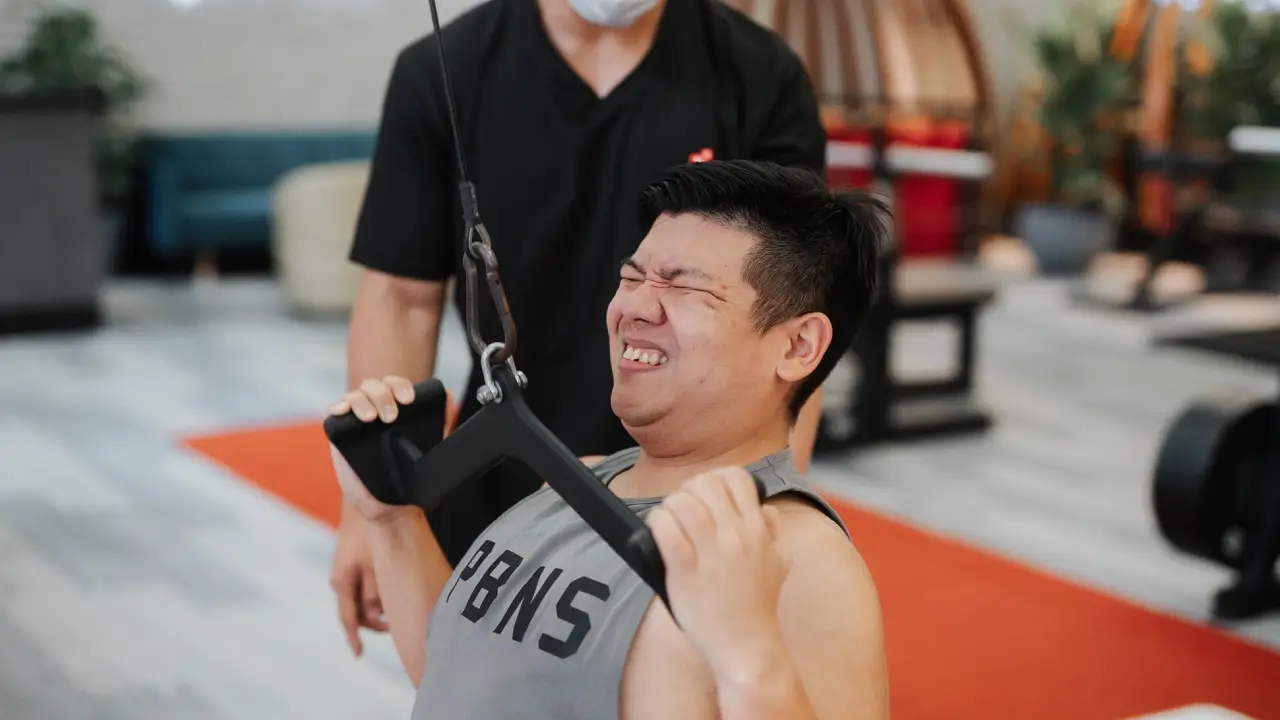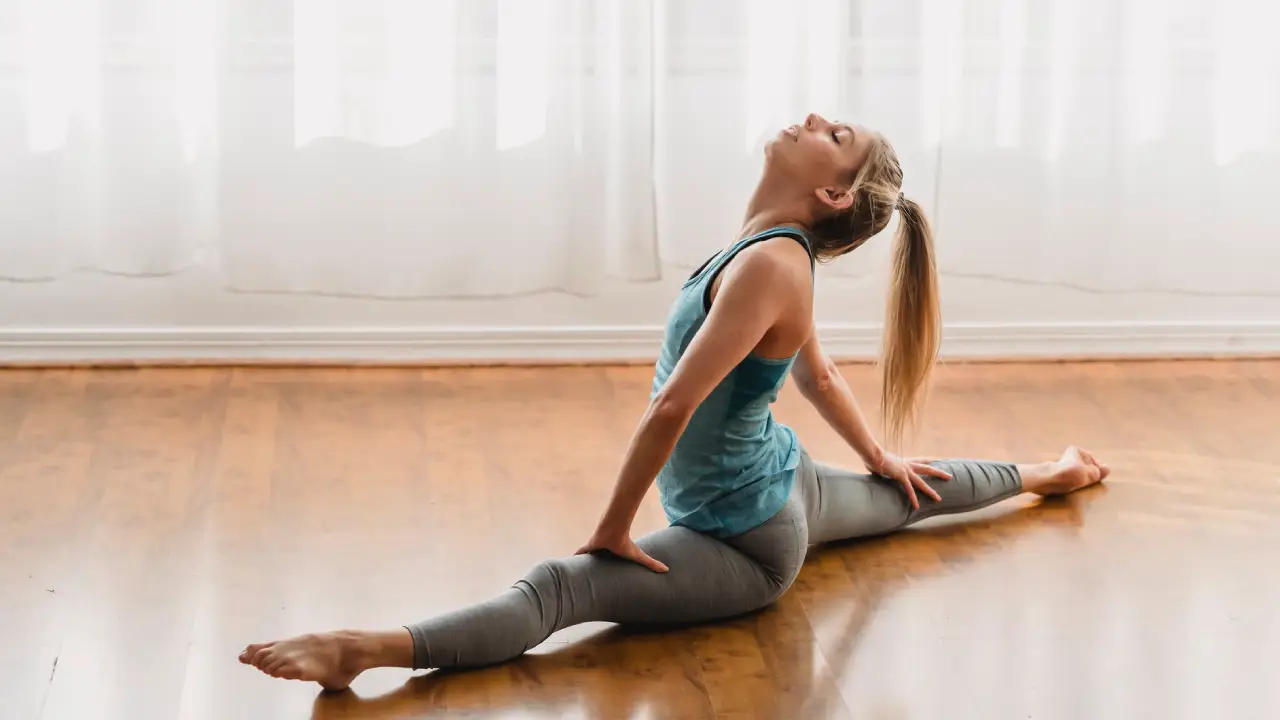Ever wondered why your gym trainer insists on perfecting your squat form before adding weight? Proper form in exercise is crucial for achieving fitness goals and preventing injuries. It ensures that the right muscles are engaged and that your body moves in a safe, efficient manner. Let’s dive into why proper form is essential and how it can transform your fitness journey.
Maximizes Effectiveness
When you perform exercises with correct form, you target the intended muscle groups more effectively. This maximizes the benefits of your workout. For example, a well-executed push-up engages your chest, shoulders, and triceps, while a poor form might put undue stress on your shoulders and lower back. By focusing on proper form, you ensure that each movement contributes to your strength and endurance, bringing you closer to your fitness goals.
Prevents Injuries
One of the most important reasons to prioritize proper form in exercise is injury prevention. Incorrect form can lead to strains, sprains, and even long-term damage. For instance, lifting weights with a rounded back can cause serious spinal injuries. By maintaining correct posture and alignment, you protect your joints and muscles from unnecessary stress, keeping you safe and injury-free.
Enhances Performance
Proper form in exercise doesn’t just prevent injuries; it also enhances your overall performance. When your body moves correctly, you can lift heavier, run faster, and perform better in any physical activity. This is because efficient movement patterns reduce fatigue and allow you to use your energy more effectively. For athletes, perfecting form can be the difference between winning and losing.
Boosts Confidence
There’s something incredibly empowering about mastering the correct form of an exercise. It boosts your confidence, knowing that you’re performing each movement safely and effectively. This confidence can translate into better performance and a more enjoyable workout experience. Plus, when you look and feel good, you’re more likely to stick with your fitness routine.
Facilitates Progress
Tracking progress is essential in any fitness journey, and proper form plays a key role here. When you perform exercises correctly, you can accurately gauge improvements in strength, endurance, and flexibility. This makes it easier to set realistic goals and track your achievements over time. Proper form ensures that any progress you make is based on genuine improvement, not just compensations or shortcuts.
Tips for Maintaining Proper Form in Exercise
Maintaining proper form can be challenging, especially if you’re new to exercising. Here are some tips to help you get started:
Start with Bodyweight Exercises
Before adding weights, focus on mastering bodyweight exercises. These foundational movements help you learn the correct form without the added complexity of external resistance. For example, perfect your squats, lunges, and push-ups before moving on to weighted versions of these exercises.
Use Mirrors
Mirrors can be a valuable tool for checking your form. Position yourself so that you can see your movements from different angles. This visual feedback helps you identify and correct any misalignments or mistakes.
Seek Professional Guidance
Consider working with a certified personal trainer, especially if you’re a beginner. Trainers can provide personalized instruction and corrections, ensuring that you perform each exercise with proper form. They can also help you design a workout plan that aligns with your fitness goals and abilities.
Focus on Quality Over Quantity
It’s better to perform fewer repetitions with perfect form than to complete more reps with poor technique. Focus on quality over quantity to get the most out of your workouts and prevent injuries.
Listen to Your Body
Pay attention to how your body feels during exercise. If something doesn’t feel right, stop and reassess your form. Discomfort or pain can be signs that you’re performing an exercise incorrectly.
Real-Life Examples of Proper Form Benefits
Let’s look at some real-life examples to understand the importance of proper form better:
Sarah’s Story
Sarah, a 35-year-old office worker, started experiencing lower back pain after joining a gym. She ignored the discomfort, thinking it was normal. However, the pain worsened, and she had to take a break from exercising. When she consulted a physiotherapist, she discovered that her poor deadlift form was the culprit. After learning the correct technique and gradually increasing her weights, Sarah not only alleviated her back pain but also became stronger and more confident in her workouts.
Mark’s Journey
Mark, a high school athlete, wanted to improve his sprinting speed. Despite rigorous training, he wasn’t seeing the desired results. His coach suggested focusing on his running form. Mark worked on his posture, stride, and breathing techniques. Within weeks, he noticed significant improvements in his speed and endurance. Proper form helped Mark maximize his potential and achieve his athletic goals.
Common Form Mistakes and How to Fix Them
Even experienced exercisers can make form mistakes. Here are some common errors and tips on how to correct them:
Squats
Common Mistake: Knees caving in or heels lifting off the ground.
Fix: Ensure your feet are shoulder-width apart and your weight is evenly distributed across your feet. Keep your knees aligned with your toes and engage your core throughout the movement.
Planks
Common Mistake: Sagging hips or arched back.
Fix: Keep your body in a straight line from head to heels. Engage your core, glutes, and legs to maintain a solid, stable position.
Bicep Curls
Common Mistake: Swinging the weights or using momentum.
Fix: Keep your elbows close to your body and move the weights in a controlled manner. Focus on squeezing your biceps at the top of the movement.
The Role of Equipment in Proper Form
Using the right equipment can also help maintain proper form. Here’s how:
Shoes
Wearing appropriate shoes can make a significant difference. For example, running shoes provide the necessary support and cushioning for high-impact activities, while weightlifting shoes offer stability and support for lifting heavy weights.
Resistance Bands
Resistance bands are great for improving form. They provide constant tension, helping you engage the right muscles throughout the movement. They’re also versatile and can be used for a variety of exercises.
Mirrors and Cameras
As mentioned earlier, mirrors help you monitor your form in real-time. Alternatively, recording your workouts on camera allows you to review and analyze your movements later.
Final Thoughts
Proper form in exercise is not just about looking good in the gym; it’s about optimizing your workouts and staying injury-free. By focusing on correct technique, you maximize the effectiveness of your exercises, enhance your performance, and build confidence in your abilities. Remember to start with the basics, seek professional guidance when needed, and always listen to your body.
So, next time you hit the gym or start your workout at home, prioritize proper form in exercise over everything else. Your body will thank you, and your fitness journey will be more rewarding.
Have you ever struggled with maintaining proper form during your workouts? Share your experiences and tips in the comments below! Let’s help each other stay safe and get stronger together.





